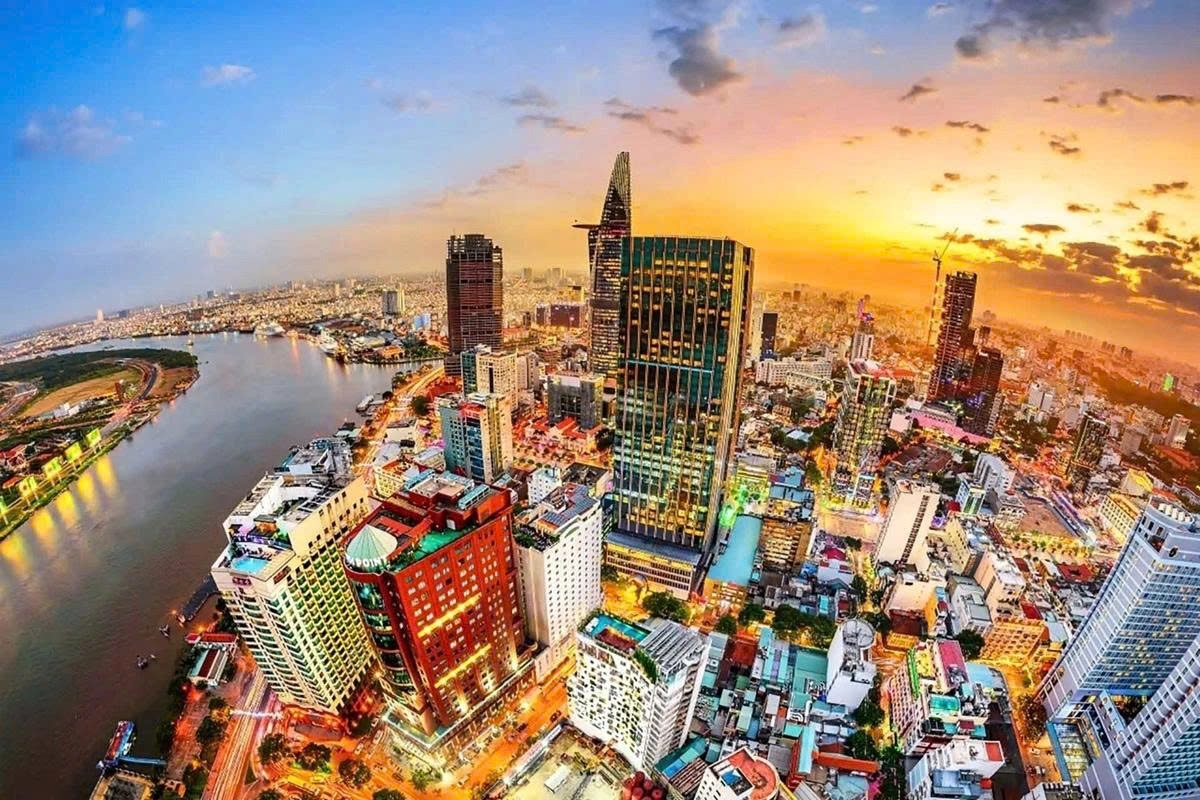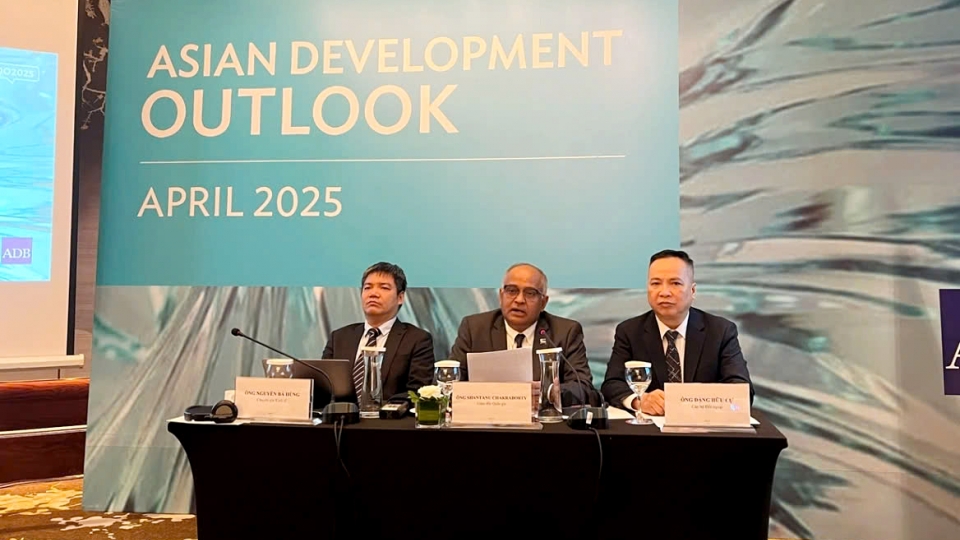Vietnam - a promising candidate for Southeast Asia’s next powerhouse
VOV.VN - Vietnam is rapidly transforming into one of the most dynamic and promising economies in Southeast Asia, according to international economic experts.

Over the past three decades, the country has laid out a stable roadmap for economic reform, social development, and diplomatic engagement, affirming its position as an important player in the regional balance.
According to a report by the UK-based Centre for Economics and Business Research (CEBR), Vietnam’s average annual growth rate could reach approximately 6.5% over the next 10 years. Meanwhile, an article in Asiaweek Journal (Hong Kong, China) states that Vietnam could become the second largest economy in Southeast Asia after 2028.
This projection is driven by a strong manufacturing sector and deeper integration into global supply chains, thanks to various free trade agreements such as the EU-Vietnam Free Trade Agreement (EVFTA), Comprehensive and progressive Agreement for Trans-Pacific Partnership (CPTPP), and Regional Comprehensive Economic Partnership (RCEP) that Vietnam has signed.
Shantanu Chakraborty, country director of the Asian Development Bank (ADB) in Vietnam, held that Vietnam shows strong resilience and determination.
The government of Vietnam has taken highly appropriate, strict, and cautious measures to manage the macroeconomy and address domestic issues while maintaining foreign debt at an acceptable level, he said, adding although the future holds uncertainties, ADB believes Vietnam has a solid foundation to tackle these challenges.
Vietnam is well known for its young and dynamic population, especially as many neighbouring countries face aging populations. More importantly, it is heading in the right direction toward building a high-quality workforce. The literacy rate stands at nearly 95%, and Vietnamese students often perform well in international assessments such as the Programme for International Student Assessment (PISA), on par with their peers in the Organisation for Economic Cooperation and Development (OECD) countries.
In agricultural exports, the country is rapidly closing the gap with regional leaders through targeted investment in food and agricultural technology. The government has also introduced attractive tax incentives, drawing both domestic and foreign investors. This year, Vietnam is expected to become the second largest rice exporter in the world, just behind India.
In terms of technology and innovation, Vietnam is now a key hub in the global tech supply chain. Major companies like Samsung, Intel, and Apple have already established or expanded operations in Vietnam. Looking ahead, initiatives such as “Make in Vietnam” and the digital economy could help the country move higher up the global value chain.
According to Nikkei Asia, these successes are largely the result of the Đổi Mới (Renovation) reforms initiated at the 1986 National Party Congress, which began yielding results in the 1990s. James Anderson, World Bank Lead Public Sector Specialist, noted that since the Đổi Mới reforms, nearly every indicator, whether poverty reduction, human development, or economic growth, has shown steady and significant improvement in Vietnam. At the same time, the private sector has expanded its role, contributing more substantially to the national budget. This period also marked a wave of institutional reforms that laid the foundation for the country’s current successes.
Foreign media emphasise that Vietnam’s greatest asset is its determination and resilience, enabling it to recover from war and adversity and continue to drive forward its current development. Over the next 50 years, Vietnam is not only expected to succeed but is also seen as having the potential to lead the region.





